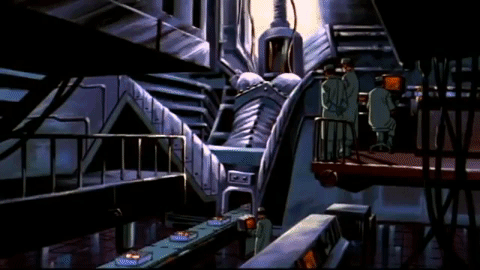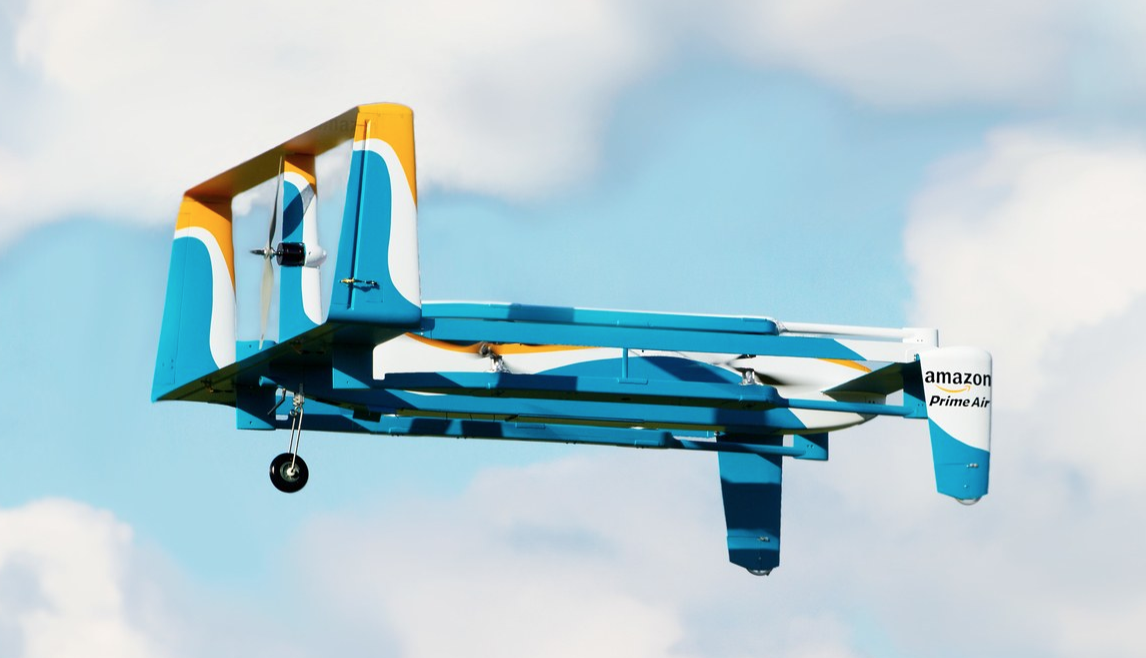
Innovation doesn’t have to include a microchip, be a consumer gadget, come from private industry, generate profits, or even be a physical thing. If we can agree on these truths and what innovation is, then we can usher in a long over due, different type of innovation.
So what is innovation?
Here’s the Sammatron definition: The implementation of better solutions to meet existing market desires, new market requirements, and even unarticulated needs. This can be done through products, services, methods, processes, business models or governance.
The two things that matter above for this post are; ‘unarticulated market needs‘ and ‘Governance‘.
Both of which will be the most important facets of innovation in the coming decade. But before we explore the next phase of innovation, it’s worth reviewing the phase we are currently in.
Innovation which has shaped the past twenty years has been the domain of private industry. Technology firms now make up seven of the ten biggest companies in the world. Only one of which, was on the list in 1999 – that being Microsoft. Their financial dominance is a clear function of the consumer utility they have provided, no doubt. The digital era has provided inordinate consumer value through data mobility, entertainment on demand, social connection, digital connectivity, smart devices and ecommerce to name a few. But, they have become an invasive species.
Like all invasive species, they can only spread so far before they start to negatively impact the eco-system they, and others depend on to survive. These days their most important strategies are spreading their data tentacles further, buying nascent competitors, and lobbying government to avoid anti-trust action. It’s now time for a new phase of innovation. It’s time for structural and regulatory innovation from our friendly and representative Governments.
Now after you all finishing choking on your coffee while reading this, let’s not forget how we got to now. The reason big tech has been able to do everything it has, is simply because of what Governments did beforehand. We can thank the the Cold War and the Space Race for literally everything which exists in digital. The moon landing drove the creation of software, the integrated circuit and the microchip, it led to the development of CAT scans, it advanced wireless technology, solar panels, fireproof materials, satellites, GPS navigation, laptops, virtual and augmented reality, even the ‘gorilla glass’ on smart phones to name a few. The list is very long indeed. Big tech isn’t standing on the shoulders of giants, they are standing on the shoulders of tax payers. All the innovations creating our modern lives from a bygone era of Gov investment and innovation.
Unarticulated needs: While most people don’t know it yet, we need to reign in big tech with regulation so that others can compete fairly. The second unarticulated need is for major Government funded technology driven projects – NASA level projects – real moonshots. This scale is needed to unearth new technology which will be the realm of entrepreneurship 10-30 years from now. The reason it needs to come from the world’s Governments is to ensure that new innovations become open-source so that others can build open them – as per the Space Race. The new Australian Space Agency is a good start.
Governance: We need heavy regulation on technology exactly because big technology firms are starting to act like ‘quasi governments’ who control the major factors of production in the digital era. They are even trying to launch their own currencies. Recent responses from Google and Facebook here to the ACCC’s plan to curb their dominance are telling. They claim reigning them in will risk technology advancement. Their aim is to make us fearful we can’t advance society or innovate without them. The reverse is actually true – they couldn’t have existed without us!
So what types of regulatory shifts do we need from Governments? Well, here’s a few crazy ideas to get us started.
Deeper Privacy Protections: Outlaw facial recognition software, and facial storage by private firms without explicit permission.
Gov funded social networks: Social networks which are Gov funded, but open-source so we can build and iterate it and avoid surveillance capitalism.
Mid-life Education Funding: Any person who loses a job to automation ought be able to study free, funded by government for a ‘mid life’ student program. Who said school is something kids do? When public schools were invented life expectancy was around 60 years of age – now it’s approaching 100 – maybe mid-life schooling can replace a midlife crises!
Progressive Regulation: Like our taxation system regulation shouldn’t be put in place on tech firms as a one size fits all. The problem in doing that is that it suits big firms with the resources to respond to regulation and makes it hard for startups to do so. Therefore, regulations should be tougher and more stringent based on size, data and number os users on a service – like we do with income tax.
Algorithm Transparency: What is inside algorithms should be listed like ingredients are on cereal packets. So we know why we are seeing what we are seeing. There should also be an ability to ‘opt-out’ of every algorithm which determines what content a person sees on any web platform.
Terabyte Tax: We know data worth more than oil, so let’s tax it accordingly – we tax oil with an excise – let’s do the same with data.
For anyone who still thinks Government can’t do anything properly, think about it next time you drive on a safe road, drink a nice clean glass of water or fly safely 30,000 feet in the air.
Some of the most important innovations aren’t about efficiency and speed, but about being thoughtful, slow and purposeful.
– – –
You’ve read this far – please go checkout the latest episode of Future Sandwich Now-Soon-Later – and please make a comment too! I appreciate your support. Steve.







